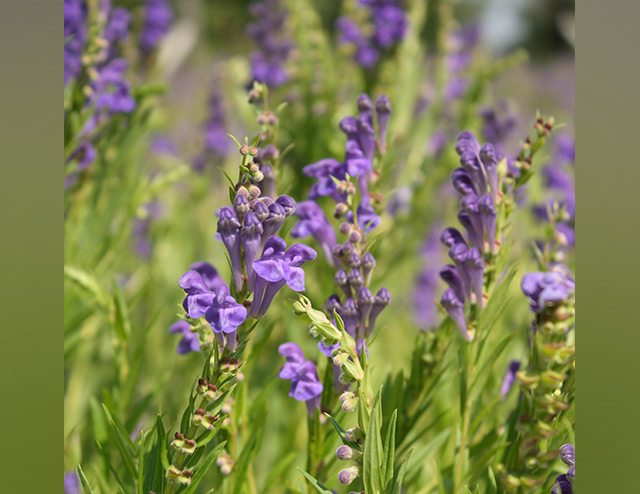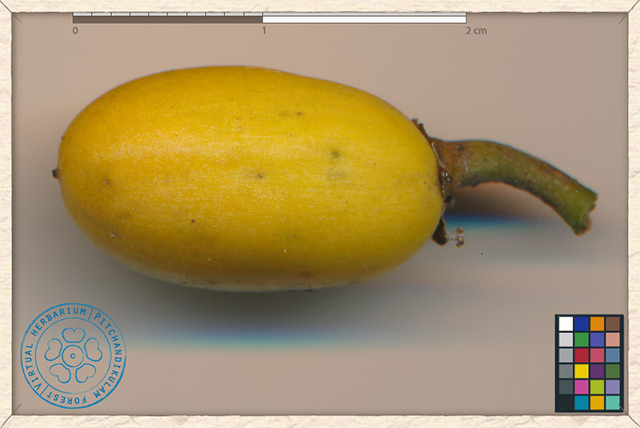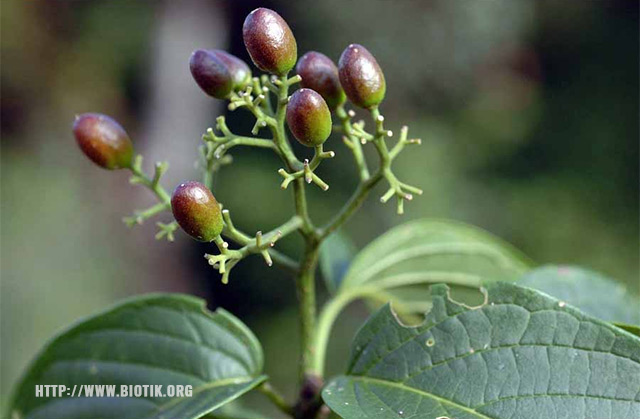Researchers examine the ability of sandarac essential oil to inhibit microbial growth
05/26/2019 / By Janine Acero

With the overprescription of antibiotics, it is becoming challenging to control pathogenic bacteria with conventional medicine, which raises the risk for diseases and infections. Mother Nature has provided solutions to these problems since ancient times, and when thinking about natural remedies, essential oils are one of the things that immediately come to mind.
The scientific community has studied alternatives in nature for many years and highlighted numerous medicinal benefits of these potent liquids and their minimal side effects. You may have heard of essential oils which are common in households such as lavender oil and tea tree oil, but many experts have also explored more obscure sources of essential oils. One such study published in the Journal of Essential Oil Research evaluated the chemical composition and antimicrobial activity of essential oils obtained from the cypress-like tree Tetraclinis articulata or sandarac gum tree.
Researchers analyzed the essential oils of fresh and dried leaves of T. articulata by GC-FID and GC-MS, identifying 62 and 54 volatile compounds representing 88 percent and 98 percent of the total essential oil composition, respectively.
They listed the main compounds of T. articulata essential leaf oils:
- Alpha-pinene (36.1 percent in fresh leaves, 44.1 percent in dried leaves)
- Camphor (1.7 percent/20.1 percent)
- Bornyl acetate (18.3 percent/3.1 percent)
- Limonene (2.9 percent/5.0 percent)
- Borneol (2.3 percent/3.1 percent)
- Myrcene (2.2 percent/2.9 percent)
- Beta-caryophyllene (2.3 percent/1.3 percent)
- Camphene (1.5 percent/1.8 percent)
They tested the antimicrobial activity of T. articulata essential leaf oils against clinical isolates of Staphylococcus aureus, Escherichia coli, Proteus mirabilis, Klebsiella pneumoniae, Pseudomonas aeruginosa and Candida albicans – responsible for nosocomial infections – and found that the essential oils were active on all pathogenic strains tested.
The researchers concluded that the essential oil composition of T. articulata has bactericidal properties that work against some of the most common bacterial strains.
More on sandarac
Sandarac gum tree grows in northwestern Africa in the Atlas Mountains of Morocco, Algeria and Tunisia. It can be found in relatively low altitudes in the hot, dry subtropical Mediterranean climate. It is the national tree of Malta, where it is called gharghar (derived from the Arabic name “araar”).
The sandarac tree produces a smooth, yellowish-white resin that gives off a balsamic odor. It is also one of the oldest known resins used in preserving fine paintings and furniture. It provides a hard, white or transparent film that has excellent color retention, and is used in spirit varnishes (alcohol), lacquer and dental products. It is still used extensively to make a protective film over watercolors.
In Moroccan folk medicine, sandarac is used to relieve cramps and soothe mothers during childbirth. This calming property is also utilized in making a liquor that promotes relaxation and has medicinal benefits. Ingesting sandarac is also known for treating tapeworm and roundworm infections. In the Arabic culture, it is burnt as incense to treat colds.
The light, balsamic, sweet, and frankincense-like smell of sandarac relaxes and uplifts the user, which makes it a useful sleep aid. Its soporific aroma induces peaceful states and encourages a good night’s sleep. (Related: Not just for sleep, lavender oil helps wounds heal faster too.)
Best antibacterial essential oils
Essential oils are an excellent, natural alternative to antibiotics to which bacteria are becoming more resistant. There is scientific evidence to suggest that certain essential oils are effective against some of the most common and deadliest strains of bacteria. Some of the best antibacterial essential oils include cinnamon, peppermint, tea tree, lavender, eucalyptus and oregano. Of these substances, cinnamon essential oil was found to be the most potent against both gram-positive and gram-negative bacteria.
Note that you should always consult a healthcare professional before using essential oils instead of your prescription medications.
Sources include:
Tagged Under: alternative medicine, Ancient medicine, antibacterial, antibiotic resistance, Antibiotics, Antimicrobial, bacteria, candida, E. coli, essential oils, Herbs, infections, natural antibiotics, natural cures, natural health, natural medicine, nosocomial infections, plant medicine, prevention, remedies, sandarac tree, Staph, superbugs
RECENT NEWS & ARTICLES
PlantMedicine.News is a fact-based public education website published by Plant Medicine News Features, LLC.
All content copyright © 2018 by Plant Medicine News Features, LLC.
Contact Us with Tips or Corrections
All trademarks, registered trademarks and servicemarks mentioned on this site are the property of their respective owners.

















